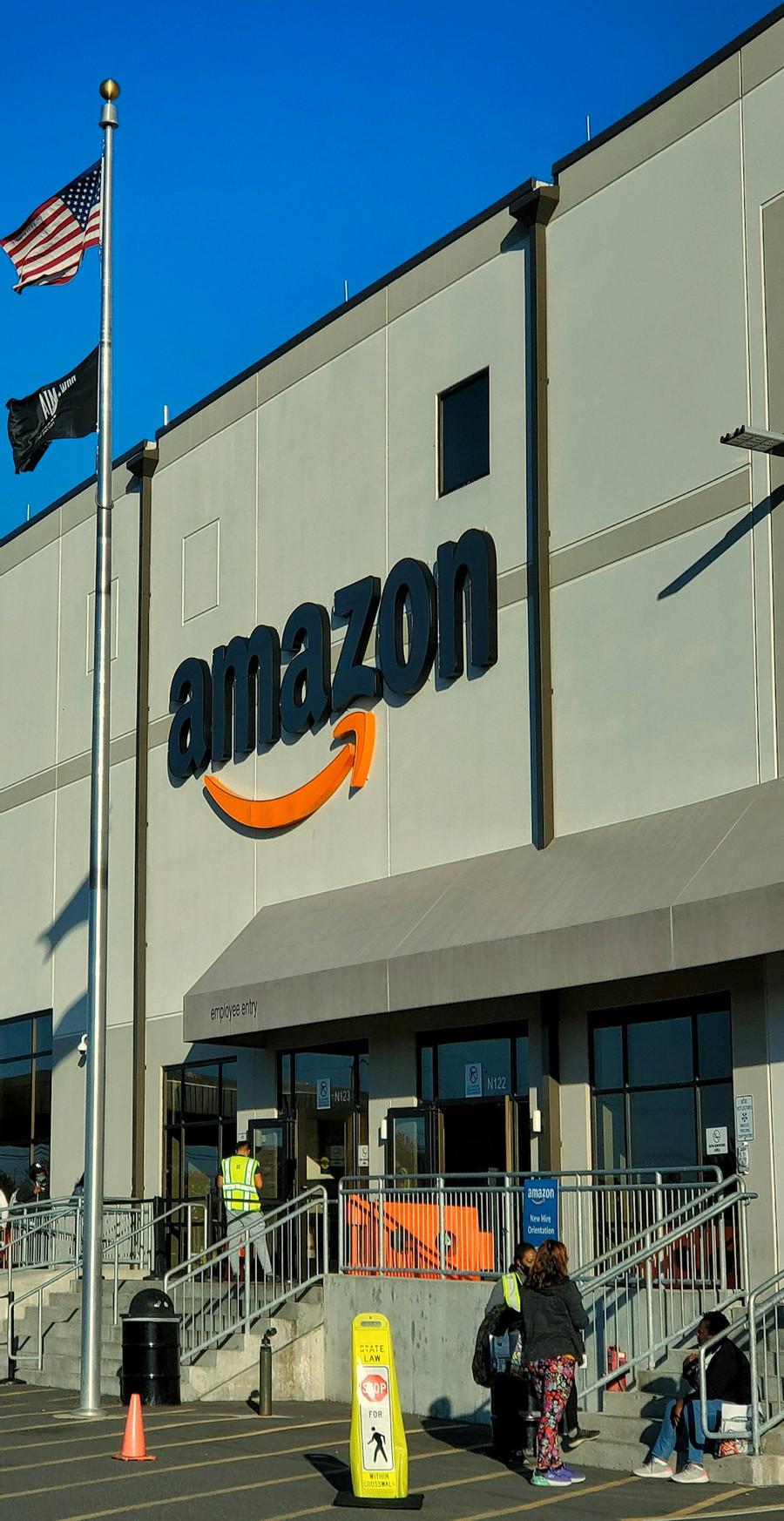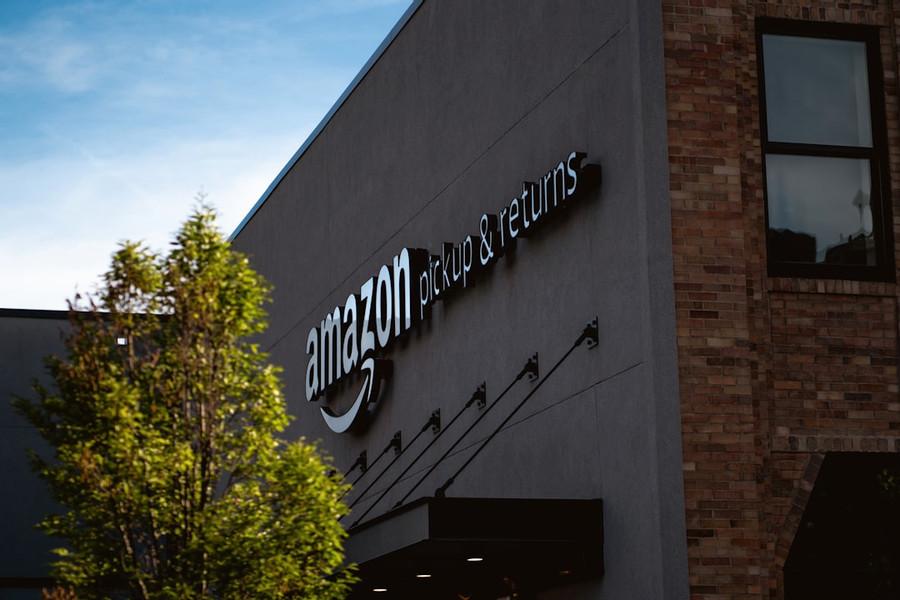Matthew Clark's Key Ideas from Working Backwards
by Colin Bryar, Bill Carr
Ideas, facts & insights covering these topics:
18 ideas
·17.3K reads
71
5
Explore the World's Best Ideas
Join today and uncover 100+ curated journeys from 50+ topics. Unlock access to our mobile app with extensive features.
Amazon: The Beginning
Jeff Bezos worked for a New York hedge fund in 1994. That year, Bezos learnt that the internet's user base was expected to rise by over two thousand per cent per year in the future years. Soon after, he made a bold decision that would come to define Amazon's philosophy: he quit his hedge fund position and set out to build Amazon.
Books, Bezos thought, were the ideal product for an e-commerce firm. Even the largest bookstores could only stock tens of thousands of volumes at a time. Bezos would be able to provide practically every book that was available if he opened an online bookstore.
137
2.11K reads
The Ideals Of Business At Amazon
- The success of Amazon is built on its leadership ideals.
- Amazon has eliminated confirmation bias and hurry from its hiring process.
- When it comes to delivering complex material, PowerPoint presentations fall short.
- Amazon distinguishes itself by prioritizing the needs of its consumers over their own.
- Amazon’s next-day delivery option is the result of obsessive consumer focus.
- The company’s leadership ideas were ignored in Amazon’s initial video-on-demand program.
131
1.82K reads
The Success of Amazon Is Built on Its Leadership Ideals
Amazon's leadership values are the bedrock of its success.
Amazon's Invent and Simplify concept was exhibited by Bezos' imaginative thinking. Amazon executives are constantly looking for fresh and imaginative ways to accomplish their goals.
Bezos displayed another principle by quitting his job: a Bias for Action. Amazon executives believe that speed is critical to their company's success. Even if you act fast and make a mistake, you can generally recover. It's better to take a calculated risk like Bezos did when he quit the hedge fund, rather than spending a lot of time evaluating your choices.
144
1.32K reads
Thinking Big and Executing With Frugality
Amazon's executives realize that tiny dreams only lead to small accomplishments. The Amazon team sees a bright, daring future, and it is this vision that has led to such remarkable success.
The company's earliest offices were in a small basement in Seattle when Bezos launched his online bookstore. They used old doors attached to four-by-fours as workstations instead of proper desks. This represented the Frugality ethic, which still exists at Amazon. There are no incentives for increasing headcounts or expenditures, so leaders are praised for getting more done with less.
138
1.16K reads
Spending More To Delight The Customer
Despite Amazon's assurances that their books would be delivered via first-class mail, each book was delivered by priority mail. The corporation paid a higher price for this, but buyers were happy when their books arrived considerably sooner than expected. Every decision Amazon takes today is still driven by an obsession with customer experience.
134
1.14K reads
Hiring Is A Mission-Critical Decision
Consider yourself a senior executive tasked with purchasing a multimillion-dollar plant to produce your company's goods. Because the decision you make will have a long-term impact on the company's bottom line, you would go through a thorough procedure to ensure that you select the proper manufacturer.
Many firms, on the other hand, have little rigour in their recruitment processes when it comes to hiring the proper personnel. This is a major issue. After all, your recruiting decisions have a long-term impact on your company.
That's why Amazon's hiring judgments are so accurate.
133
925 reads
Urgency Bias
Urgency bias occurs when a team feels compelled to fill a vacant position, maybe because they are responsible for the work of the absent worker. Because they're so eager to find someone, they overemphasize a candidate's qualities and ignore his weaknesses. In many circumstances, this means they hire someone who isn't the best fit for the job.
132
989 reads
Countering Hurried Hiring: The Bar Raiser
Amazon has a unique weapon in their recruitment process that avoids urgency bias: the bar raiser. A bar raiser is a highly experienced interviewer who is not a member of the hiring team and has no vested interest in ensuring that someone is hired swiftly. The bar raiser is in charge of conducting final interviews with candidates and, more importantly, has the authority to veto individuals who aren't a suitable fit.
This guarantees that teams apply a high level of discipline to their hiring procedures. They know, after all, that the bar raiser will only allow the greatest to join them.
135
808 reads
Confirmation Bias During Hiring
When multiple interviewers conduct interviews with the same candidate, this can happen. After the first interviewer has finished, she may speak with the other interviewers informally about whether they liked or disliked the candidate. This may appear innocuous, but it establishes expectations in the minds of the other interviewers about how good the candidate is.
Instead of fairly evaluating the candidate, they will hunt for evidence that confirms their ideas when conducting their own interviews.
128
773 reads
Avoiding Confirmation Bias: The Amazon Way
Amazon avoids confirmation bias by requiring all interviewers to write full reports on candidates immediately following their interviews and before speaking with coworkers. The interviewers consult these reports when they meet to discuss the candidate. This system ensures that each person's opinion is their own.
129
818 reads
No PPTs And Ample Reading Time In Meetings
In 2004, Amazon's senior managers took turns stepping up and giving a weekly presentation on a significant topic. However, these presentations were frequently ineffective. The CEO then took a decision.
Now, no PowerPoint presentations are ever used. Also, every meeting begins with silence for the first twenty minutes. The secret to Amazon's effective decision-making is silence.
139
805 reads
The Six Page Memo
Amazonians ditched PowerPoint in favour of a six-page document in 2004. Meeting attendees now read this message for twenty minutes during each meeting. The six-pager follows a narrative format to explain the subject. This enables the topic to be discussed in greater depth and complexity, rather than just bullet points.
A six-page memo, in fact, contains roughly nine times the amount of information as the slideshows it replaces. This also allows for considerably greater exploration of links between various ideas.
146
750 reads
Removing Bias Of The Presentation Style
The six-page document also attempts to equalize the playing field among employees. Meeting attendees would invariably rate new suggestions based in part on the presenter's speaking and graphic-design skills when PowerPoint was used to explain them. Regardless of how strong their ideas were, skilled speakers with compelling graphics tended to garner more positive answers.
The six-page letter, on the other hand, kept attendees' attention on the ideas rather than the presenter, removing bias from the feedback process.
134
697 reads
How Normal Companies Usually Work
Rather than prioritizing the consumer experience, product teams look for inspiration closer to home. They may begin by appraising the skills of their research and development teams, or by being limited to the company's cost and profit margin choices.
After they've created a new product that fulfils the company's needs, they hand it over to their sales and marketing department, which considers how to persuade customers to buy it. This forward-thinking mentality frequently results in organizations holding things that they desire but their customers don't.
131
629 reads
Working Backwards
What does it mean to work backwards? It means prioritizing the client at Amazon. When Amazonians come up with new product ideas, they don't start with Amazon's needs and capabilities in mind. Instead, they exclusively evaluate what will improve the lives of their clients.
They work backwards to make the customer-centric product a reality once they've found an answer.
137
691 reads
The Press Release And FAQ Method
If a product team has a new product idea, they should start by drafting a one-page document. This paper is formatted like a press release. It imagines that the product has already been created and extols the benefits that the product will bring to Amazon's customers.
The product team also creates a frequently asked questions document, or FAQ, in addition to the press release. The FAQ is a five-page document that answers queries from customers and internal personnel.
135
610 reads
Customers Love Free Shipping
Many consumers still didn't find online purchasing convenient in the mid-2000s. Most things still took several days to arrive, which meant that consumers who wanted something quickly, such as a last-minute gift, preferred to shop at a physical store. Shipping charges, which were quite high in the early days of e-commerce, also turned off many customers. Customers were more likely to buy from Amazon when the company offered free shipping rather than discounts on the products themselves.
By working backwards, Amazon is able to work with the foundation of its first principle: Customer Obsession.
132
589 reads
Amazon Prime: The Result Of Customer Obsession
In 2005, Bezos created Amazon Prime, a subscription-based membership club which offered free two-day shipping and a reduced alternative for next-day delivery.
Amazon registers $25.21 billion in annual revenue from retail subscription fees from its over 200 million members, making it a massively successful idea.
129
733 reads
IDEAS CURATED BY
CURATOR'S NOTE
A few great ideas and innovations from Amazon.
“
Curious about different takes? Check out our Working Backwards Summary book page to explore multiple unique summaries written by Deepstash users.
Matthew Clark's ideas are part of this journey:
Learn more about personaldevelopment with this collection
How to create a positive work environment
Conflict resolution strategies
Effective communication in the workplace
Related collections
Different Perspectives Curated by Others from Working Backwards
Curious about different takes? Check out our book page to explore multiple unique summaries written by Deepstash curators:
1 idea
Vladimir Oane's Key Ideas from Working Backwards
Colin Bryar, Bill Carr
Discover Key Ideas from Books on Similar Topics
4 ideas
15 ideas
The CIO's Guide to Breakthrough Project Portfolio Performance
Michael Hannan, Wolfram Muller, Hilbert Robinson
1 idea
Agile Marketing
Neil Perkin
Read & Learn
20x Faster
without
deepstash
with
deepstash
with
deepstash
Personalized microlearning
—
100+ Learning Journeys
—
Access to 200,000+ ideas
—
Access to the mobile app
—
Unlimited idea saving
—
—
Unlimited history
—
—
Unlimited listening to ideas
—
—
Downloading & offline access
—
—
Supercharge your mind with one idea per day
Enter your email and spend 1 minute every day to learn something new.
I agree to receive email updates

















